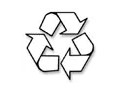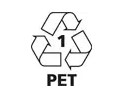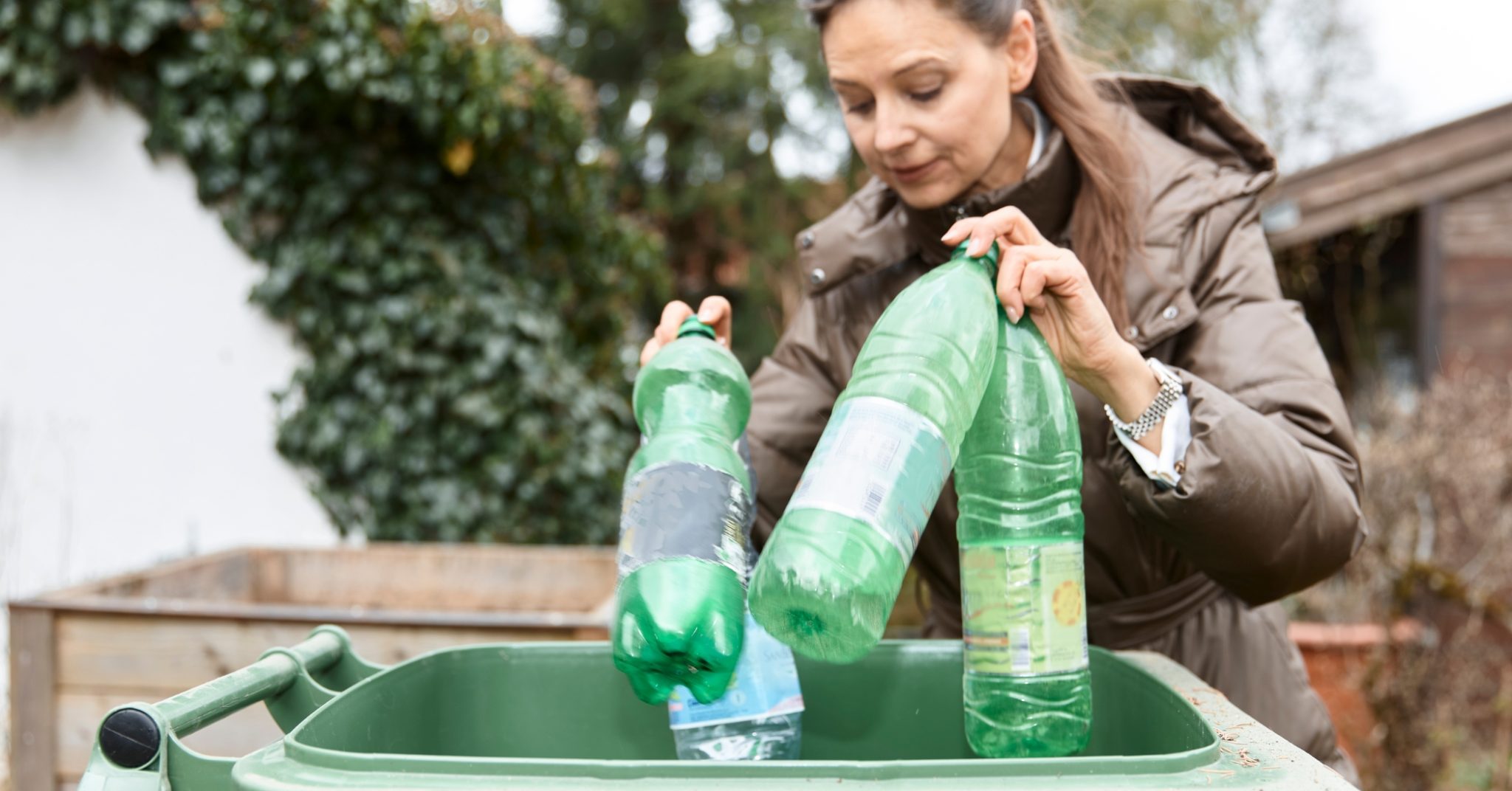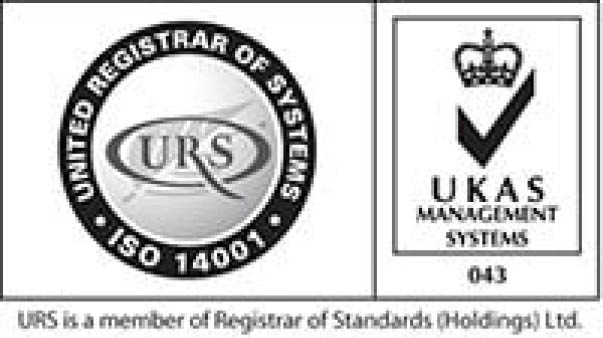Better informed people will be better recyclers. So let’s clear up a bit of confusion and a few potential misunderstandings.
Here’s our run-down of some common recycling myths and misunderstandings.
Recycling Logos
Symbols don’t always mean what a regular person would assume they mean. Starting with the dreaded green dot.

The ‘green dot’ logo doesn’t tell you anything about whether an item of packaging is recyclable or has been recycled. It means the producer has made a financial contribution to the cost of recycling materials in Europe.

The ‘mobius loop,’ on the other hand, means that an item can be recycled. If there’s a figure with a percentage next to the logo it means that the packaging includes that percentage of recycled material.

Plastic resin codes indicate the type of plastic and how easily it can be recycled. In this example the material is PET which is widely recycled. Similarly, codes 2 and 5 denote easy-to-recycle materials. Codes 3,4,6 and 7 usually need specialist facilities.
Sorting Your Waste Helps
Waste handling centres are well-equipped for sorting waste streams. But the job is much simpler when it’s separated, for example, at the roadside. This helps bring down the cost of recycling and minimise the chances of contamination through items ending up in the wrong stream.
Cleaning Your Recycling Helps
Rinsing recycling makes it easier to process. Some badly contaminated items cannot be recycled. Pizza boxes are a good example. Tear off any parts of the box that have grease or food contamination and put those in your general waste. Put the clean bits out for recycling.
Are Any Materials Infinitely Recyclable?
In simple terms, glass, paper and metals can normally be recycled indefinitely. Plastics degrade with each cycle and often have to be turned into other products such as fleeces or furniture rather than back into packaging. Even so, it’s a better option than general waste.
Pyrex and Drinking Glasses
Sadly these don’t play well with the glass used for packaging. So you can’t put them with your recycling.
Recycling DOES Save Energy
Some people assume (or want to believe) that recycling uses as much energy as it notionally saves. This isn’t true. Substantially less energy is needed to create packaging materials from recycled materials than from scratch. Recycling one aluminium can saves enough energy to run a TV for three hours.
For recycling more unusual items there are some great tips here.
So keep up the recycling effort. It’s worth it.
Need a skip? Get a quote today.

